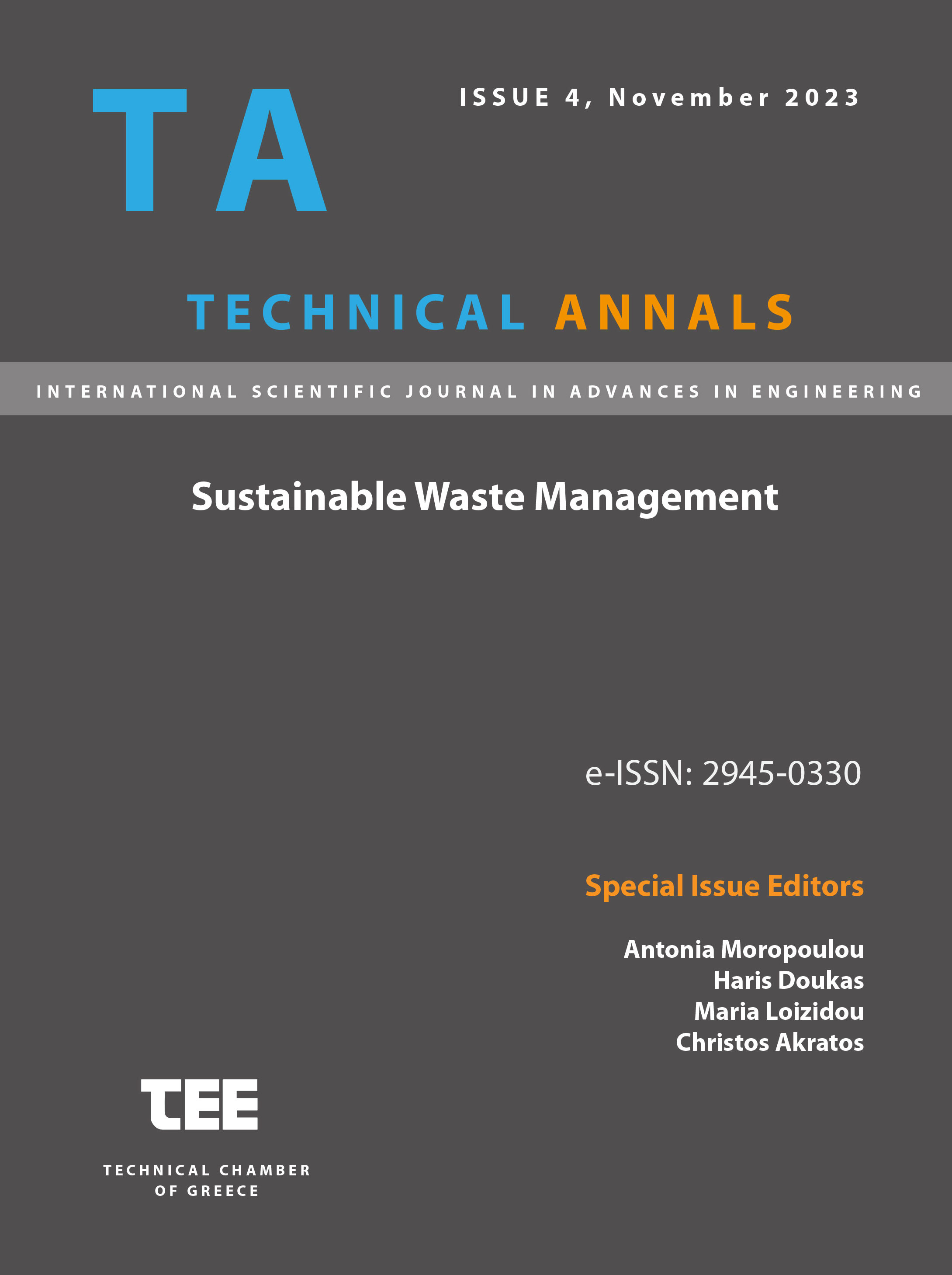Sustainability analysis for scandium recovery from secondary sources

Abstract
Primary aluminium industry is one of the largest industries associated with high greenhouse gas emissions. It is reported that in 2022, the aluminium production emitted nearly 270 Mt of direct CO2 in the atmosphere. To achieve the European goals of zero emissions by 2050, a reduction of 4% annually is essential. Τhe industry needs to take a turn towards less impactful production practices, focusing on the valorisation of residues for promoting sustainability. Bauxite residue from alumina production represents a remarkable source of Rare Earth Elements (REEs). This study offers valuable insights into the environmental and economic aspects of processes related to resource Scandium (Sc) extraction and processing in Greece, Romania and Turkey. In this frame, a comparative analysis of the environmental impact of the extraction process of REEs from Bauxite Residues (BR) in the regions mentioned above is presented. The results show that an up to 23% greenhouse gas emissions reduction can be achieved, while the environmental categories of human health risks, aquatic toxicity potential, and terrestrial ecotoxicity potential are improved by applying hydrothermal processes and direct leaching to BR. While the stages of Sc extraction remain consistent, variations in the chemical compositions of BR underscore the influence of local factors. The findings also emphasize the importance of tailoring extraction processes to local conditions and compositions for scandium extraction. These insights can guide industry decisions and contribute to responsible resource management in the future.
Article Details
- How to Cite
-
Peppas, A., Politi, C., Kountouris, N., Zafeiri, N. A., & Kottaridis, S. (2023). Sustainability analysis for scandium recovery from secondary sources. Technical Annals, 1(4). https://doi.org/10.12681/ta.36867
- Section
- Sustainable Development

This work is licensed under a Creative Commons Attribution-NonCommercial-ShareAlike 4.0 International License.


